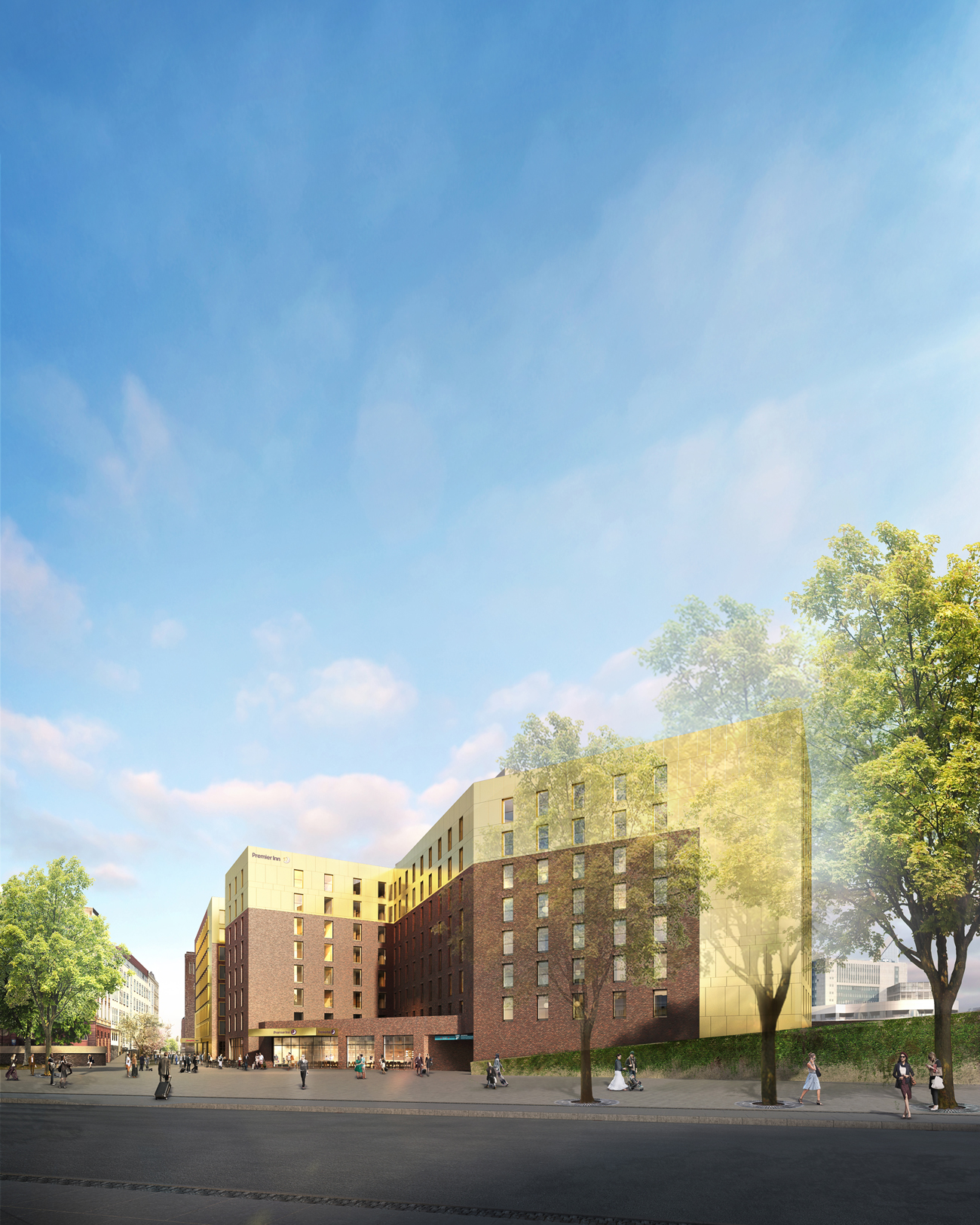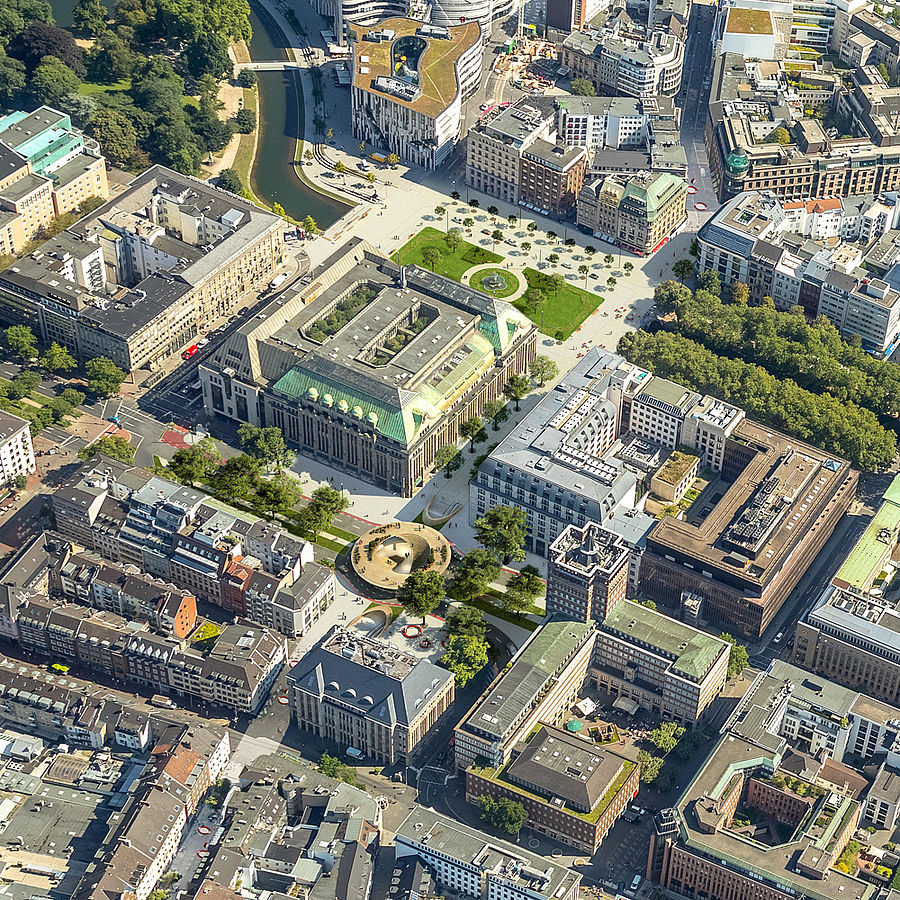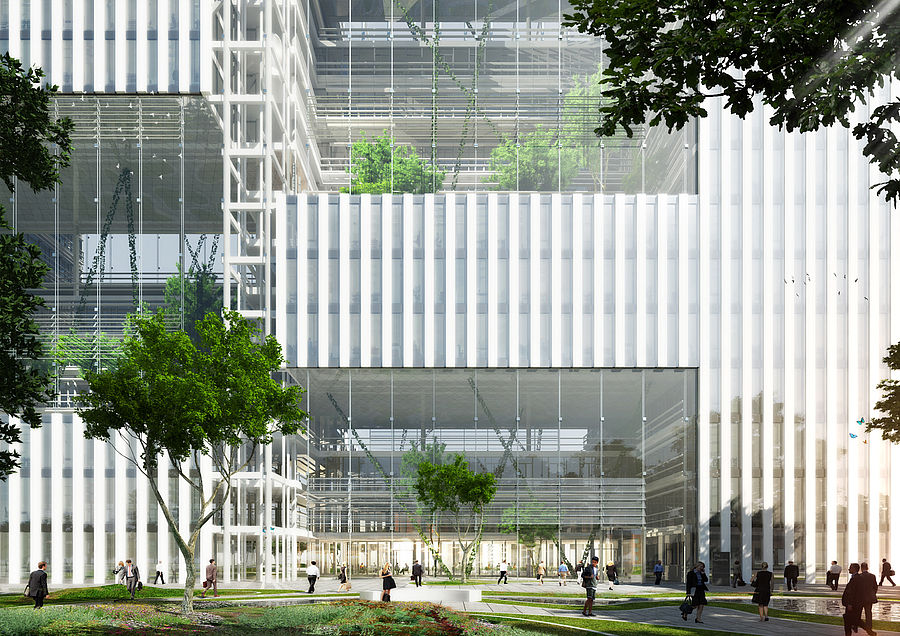08/20/2020
The resilient city: urban development rethought
On Monday, August 24th 2020, Mario Reale will discuss the future of the city at Immobilienforum Düsseldorf. In advance, he is writing about what constitutes sustainable urban planning, what a resilient city can look like and what makes public space sustainable. Enjoy reading!
The public space in the city is more than just buildings and streets. It affects us humans and is what makes a city worth living in - or not. In this article, Mario Reale writes about what constitutes sustainable urban planning, what a resilient city can look like and what can make public space sustainable.
Why the public space in the city is so important
Sustainable urban development is largely achieved through the design of public space. This encompasses a wealth of different characteristics and spatial conditions. What it has in common is unrestricted accessibility for all residents and visitors to the city and the freedom to make use of this space.
For me, public space is the place that every city dweller perceives, the place in which everyone moves around. For me, it is the democratic space in the equitable city, where every individual can freely develop his or her abilities. Therefore, these places such as streets, alleys, squares, promenades, parks and canals must be liveable, flexible and open to use. When planning and building, people should therefore always be the centre of attention. With all their needs and expectations.
Only then can urban space become a meeting point and place of encounter as well as a stage for urban activities, and at the same time an area of relaxation and retreat. What, then, is the field of action that opens up for us to strengthen public space and make our cities more sustainable?
How buildings affect the public space
Every building has an impact on the urban space, so the building has to function in the street and further on in the city. One of the characteristics of a space is that it is passed through - only then can it be fully perceived. The dimension of a space is experienced and lived in motion, i.e. as a dynamic process.
Urban spaces, such as squares and streets, merge almost seamlessly into one another, and thus the city as a whole, with its buildings, streets and squares, represents a constant dynamic sequence of spaces. Understanding the interaction of a building in the street and the street in the city via public space is a fundamental component in the conception of sustainable urban development. It is therefore essential to consider the building in planning and construction not only in its own right but in the context of the entire urban activity. The quality of the space next to and behind the building is as important as its front.
On Harkortstraße at Düsseldorf main station we have planned three hotels with gastronomy on the ground floor and a new public pedestrian walkway from Konrad-Adenauer-Platz to Mintropplatz. The interplay of the different building figures as well as the choice and arrangement of materials create a variety in the unit, which is equally designed from all sides. The previously unused potential of the area will be activated in such a way that the city and its citizens will receive a new, high-quality quarter that will generate positive impulses in the surrounding area. A holistic view of the planned building as an immediate reaction to the site and its surroundings is therefore fundamental to the functioning of a city.
Further information on the project can be found here
What makes a resilient city
A city can only become resilient and open to the future if urban development takes place through public space. The resilient city thinks of the public space in a holistic, sustainable and future-oriented way and combines characteristics such as robustness, flexibility and the ability to learn. A secure future worth living in requires contemporary, consistent sustainable and architecturally sophisticated construction. Sustainability, in turn, has great economic and ecological value for today's and future society. In order to implement these objectives, a visionary interaction between politics, city administration and architects is required.
It takes courage!
My wish is therefore to raise awareness of public space and make it an urban issue that is thought in a holistic way. After all, the public sphere is crucial for the chance of social participation and adaptability in order to meet the new challenges facing a contemporary city that is constantly changing. Therefore, I hope that gradually a sensitization of the viewers for the public space will be evoked. There must be a (natural) understanding among architects, urban planners, builders, administration and politics that public space in its planning and creation is not only the "remnant" of space that houses do not occupy, but should be actively and consciously designed as a dynamic spatial sequence in a constantly changing and ongoing urban revolution.
The article was written for the blog of the Management Circle on 5 March 2020, a link can be found here


